SPACE-X ROCKET LAUNCH ANALYSIS
The main goal of this project is to predict whether the Falcon 9 first stage will land successfully. SpaceX prides itself in being able to reuse the first stage of a rocket launch so much so that they advertise on their website that their rocket launches cost 62 million while other providers cost upward 165 million. Much of these savings are down to the first stage's reusability. If we can determine if the first stage will land, we can determine the cost of a launch. This information can be used if an alternate company wants to bid against SpaceX for a rocket launch.
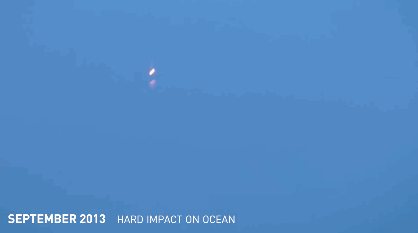
This brings us to our main question that we are trying to answer: For a given set of features about a Falcon 9 rocket launch, will the first stage of the rocket land successfully?
The methodolgy followed will include Data Dollection, Data Wrangling and Preprocessing, Exploratory Data Analysis, Data Visualization and finally, Machine Learning Prediction.
For the full project report you can check out the PDF in this repository
CASE STUDY: CAN I PREDICT WHETHER THE FALCON 9 FIRST STAGE WILL LAND SUCCESSFULLY?
Before we can predict the likelihood of a SpaceX rocket landing, an extensive analysis is carried out to understand patterns and draw insights from the underlying data.
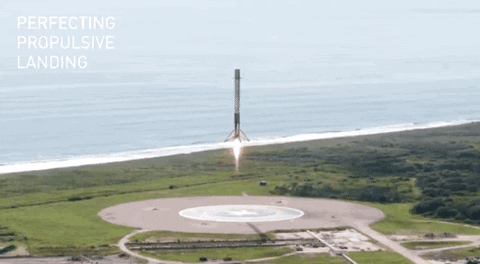
Upon analysis I discovered that the launch sites have been strategically placed near the coast. The yellow markers are indicators of where the locations of all the SpaceX launch sites are situated in the US.
The generated map shows that the selected launch site is close to a highway for transportation of personnel and equipment. The launch site is also close to the coastlines for launch failure testing. The launch sites also maintain a certain distance from the cities. These are all safety measures.
A look into the success rate for the different launch sites shows that the success rate increased as the number of flights increased. The blue dots represent the successful launches while the red dot represent unsuccessful luanches. There seems to be an increase in successful flights after the 40th launch on each site.
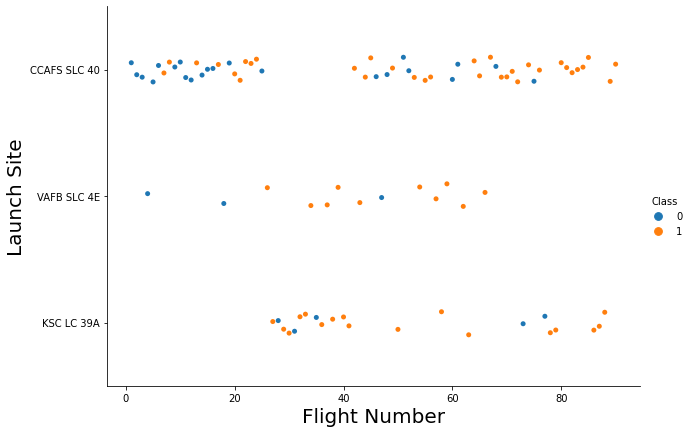
A payload is the object that needs to be carried into space e.g. satellite, spacecraft or people.
The launch success rate for payloads 0-2500 kg is slightly lower than that of payloads 2500-5000 kg. There is in fact not much difference between the two. The booster version that has the largest success rate, in both weight ranges is the v1.1 booster.
Next we want to know if the distance from the Earth's surface has any effect on the success of the flights.
Orbits SSO, HEO, GEO, and ES-L1 have 100% success rates. SO orbit did not have any successful launches with a 0% success rate.
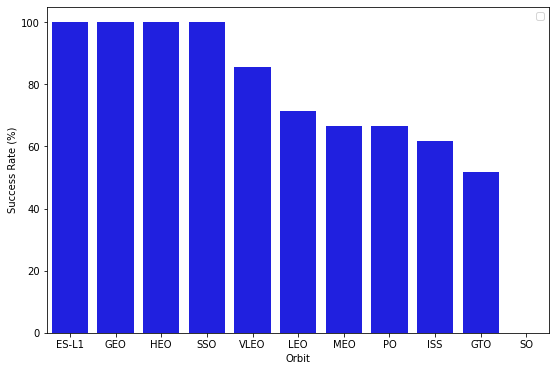
Launch success improves every year as the SpaceX team collects data about each flight. The general trend of the chart shows an increase in landing success rate as the years pass. There is however a dip in 2018 as well as in 2020.
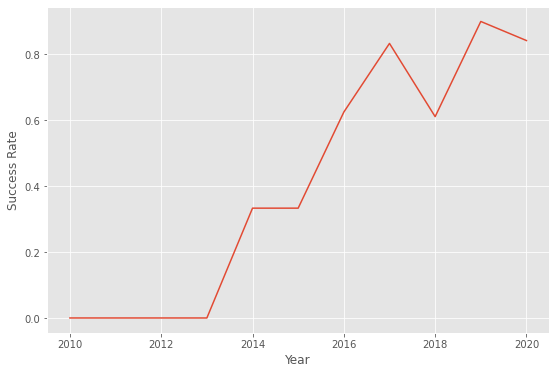
MACHINE LEARNING
Four different machine learning algorithms were used to predict launch outcome. The Decision Tree classifier had the best accuracy at 94%.
CONCLUSION
The analysis showed that there is a positive correlation between number of flights and success rate as the success rate has improved over the years. There are certain orbits like SSO, HEO, GEO, and ES-L1 where launches were the most successful. Success rate can be linked to payload mass as the lighter payloads generally proved to be more successful than the heavier payloads. The launch sites are strategically located near highways and railways for transportation of personel and cargo, but also far away from cities for safety. The best predictive model to use for this dataset is the Decision Tree Classifier as it had the highest accuracy with 94%
Do you want to know more about how data analysis can help you? Please get in touch with me
